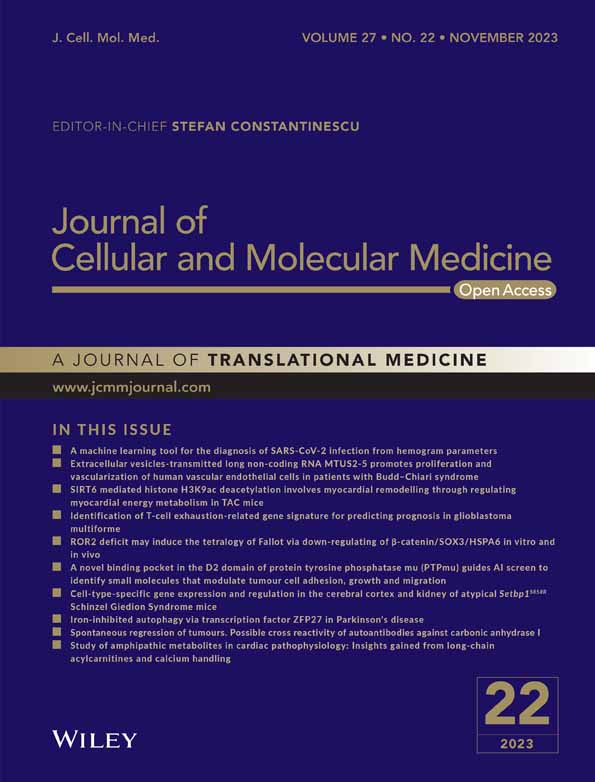Global Thyroid Cancer Patterns and Predictive Analytics: Integrating Machine Learning for Advanced Diagnostic Modelling
Abstract
Background
The global increase in thyroid cancer prevalence, particularly among female populations, underscores critical gaps in our understanding of molecular pathogenesis and diagnostic capabilities. Our investigation addresses these knowledge deficits by examining molecular signatures and validating diagnostic markers using clinical specimens to facilitate earlier detection and targeted therapeutic development.
Methods
We conducted comprehensive analyses of thyroid cancer specimens through multiple methodologies. Quantitative PCR and ELISA techniques were employed to quantify gene expression profiles and cytokine concentrations. High-resolution single-cell transcriptomics illuminated cellular communications within the tumour ecosystem, with particular emphasis on myeloid cell interactions mediated by MIF and GALECTIN signalling networks. Rigorous statistical frameworks were implemented to evaluate differential expression patterns and cytokine alterations.
Results
Our analyses demonstrated pronounced elevation of both pro-inflammatory mediators (TNF-α, IL-6, IL-8, VEGF) and immunoregulatory cytokines (TGF-β, IL-10) in neoplastic tissues relative to non-malignant adjacent regions, with magnitude changes of 2.5–4.0 fold (p < 0.05). Network analysis revealed distinctive gene modules, notably MEblue and MEmagenta, exhibiting strong positive correlations with disease progression. Computational diagnostic algorithms, particularly penalised regression models (Ridge, Lasso), exhibited exceptional discriminatory capacity, achieving 0.963 AUC in external validation (GSE27155 dataset). Single-cell profiling uncovered extensive communication networks centred on myeloid cell populations, with MIF and GALECTIN pathways emerging as critical mediators of tumour development and immune suppression.
Conclusion
Our findings expand the molecular understanding of thyroid carcinogenesis, highlighting the significance of myeloid-centered communication networks. The molecular signatures and gene modules identified represent promising candidates for diagnostic applications and personalised therapeutic targeting. Prospective validation in expanded and heterogeneous patient populations remains essential to confirm clinical utility and optimise implementation strategies.


 求助内容:
求助内容: 应助结果提醒方式:
应助结果提醒方式:


